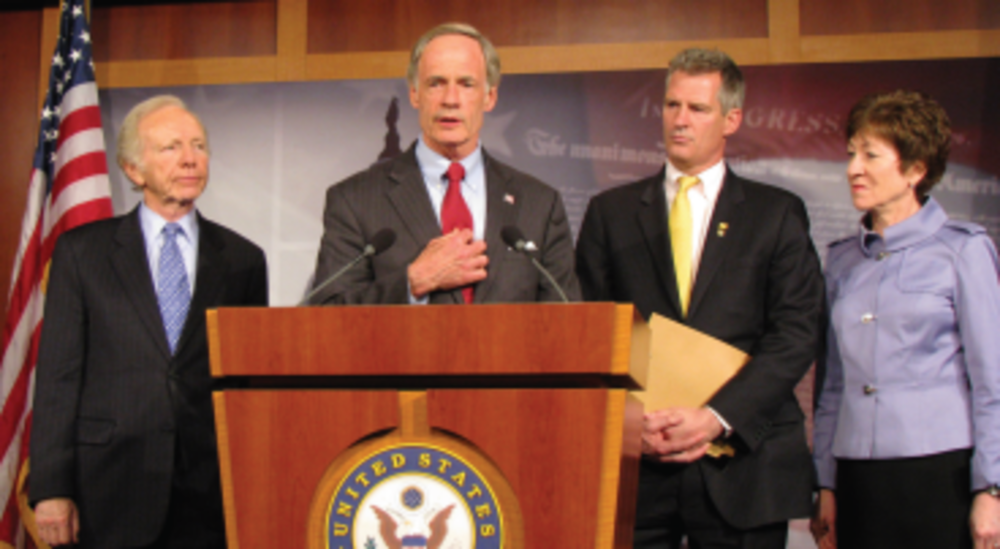The only solution to this mess,” Sen. Tom Carper (D-DE) has said more than once, “is for Congress and the Administration to come together on legislation that provides comprehensive and long-term reform.”
The coauthor of the proposed Postal Reform Act and chairman of the Homeland Security and Government Affairs Committee that oversees postal affairs has been supportive of the U.S. Postal Service’s efforts to control costs and act like a private business. But he’s adamant that legislation is needed to free it of burdens set upon it as the only self-supporting government agency. Carper and Rep. Darrel Issa (R-CA) are likely to be pushing for votes on their respective reform bills beginning this month. Where, and how, will the Postal Service go from here?
We asked two of the most knowledgeable people on postal issues to weigh in on the subject: Hamilton Davison, president and executive director of the American Catalog Mailers Association, and Peggy Hudson, SVP of government affairs at the Direct Marketing Association. Their postal-survival checklist follows:
1. Use postage increases only as a last resort. Naturally, businesses sending millions of mail pieces a year will always be opposed to raises in their basic operating costs, but bulk mailers firmly believe that rate increases can only spell bad tidings for USPS. Institute exigent increases and “progressively more volume will leave the system, continuing the death spiral,” Davison says.
2. Phase out direct door delivery. “We can no longer afford to fund door delivery outside urban areas,” Hudson says. That may be true from a business-finance standpoint, but Davison wonders whether cluster-box deliver will harm direct mail and catalog performance. “Reports we get from postal carriers [are] that cluster-boxes often go days without being emptied,” he says.
3. Better serve the segments. If the USPS wants to operate like a private business, its marketers have to adopt competitive, free-market tactics to better serve all of its customers. “There’s an ‘if we do it for one, we must do it for all’ mentality that robs the Postal Service of precision in creating customer solutions,” Davison says. “Solve problems for a customer segment so that segment will mail more and generate more revenue.”
4. Fast-track negotiated service agreements (NSAs). In November a Federal Court denied a challenge to an NSA that the Postal Service established with Valassis Communications Inc., awarding it discounts for incremental mail volume. That opens the door to more such deals for all-important segments of one: mass mailers such as Valassis. “The Postal Service should increase the speed at which it establishes negotiated service agreements,” Hudson says. “USPS must look to grow volume.”
5. Exploit the USPS’s unique position in the marketplace. As a government-funded monopoly with unique means of access to households and businesses, the Postal Service should take advantage of what it can do that others cannot. The agency’s shipping business rose by 8% in 4Q 2013, and it’s already introducing innovative measures to harness that momentum, such as the Sunday delivery arrangement it began with Amazon in November.








